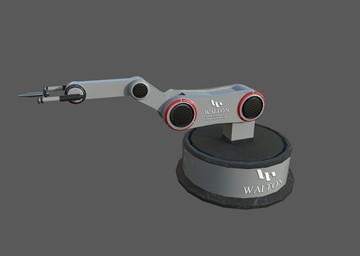STREAM: Sensor Technologies for Remote Environmental Aquatic Monitoring – Project Update
Tags:
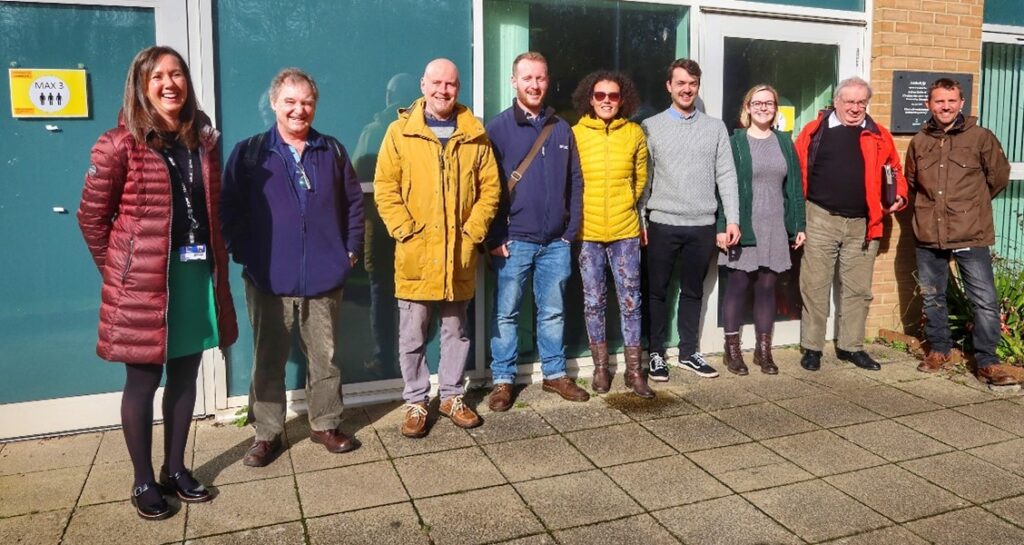
The STREAM project is a partnership between the Waterford Institute of Technology (WIT), Munster Technological University (MTU) in Ireland and Swansea University (SU) in Wales and is funded by the European regional development fund under the Ireland and Wales programme, which aims to increase cross border collaboration between countries to address shared challenges. STREAM is a Priority 2 project and is working collaboratively to assess the impacts of climate change to develop management plans for the preservation and enhancement of the coastal environment.
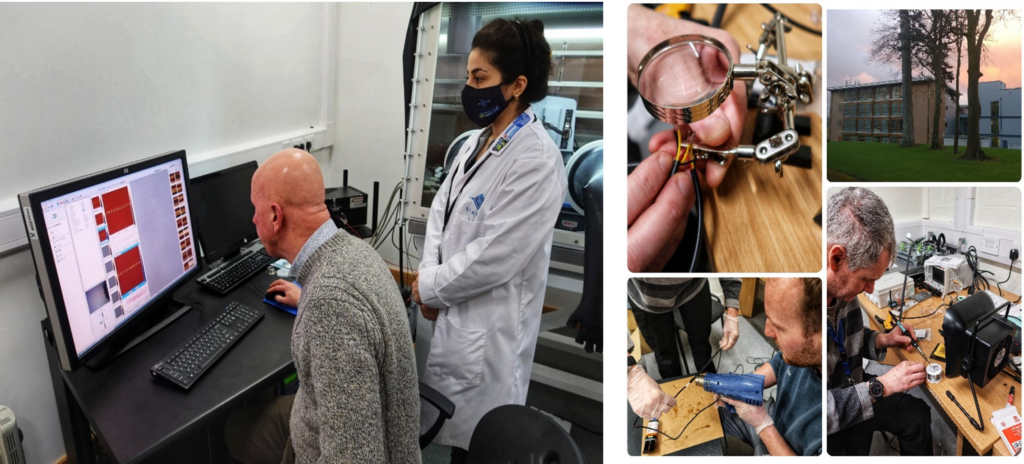
STREAM is achieving its objectives by deploying a network of environmental sensors across Ireland and Wales. This network is composed of both state of the art commercially available sensors, and in subsequent phases STREAM developed sensors designed to lower the cost of monitoring and increase the provision of data from the marine environment.
The STREAM project has already deployed some commercial sensors along the south coast of Ireland in Wexford, Waterford and Cork and is displaying this data in real-time on its website https://www.marinestream.eu/ (Figure 2).

On the 21 of January 2022, the STREAM project, with Brendan Cooney and his colleagues from Wexford County Council, installed a state-of-the-art water quality sensor system in Wexford Harbour. These sensors are now providing valuable information on the aquatic environment and helping us to better understand the impacts of climate change along our coast. By monitoring the seawater in real-time, we can better understand the water chemistry processes in the area.
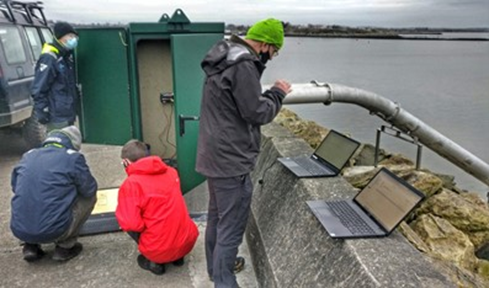
On the 2 of February 2022 the MTU and WIT STREAM teams established a Weather Station on the roof of the Bord Iascaigh Mhara (BIM) Fisheries College, Castletownbere, and also a Multiparameter Sonde (an instrument for measuring water quality for monitoring the aquatic environment) from the BIM Dive Training Barge.
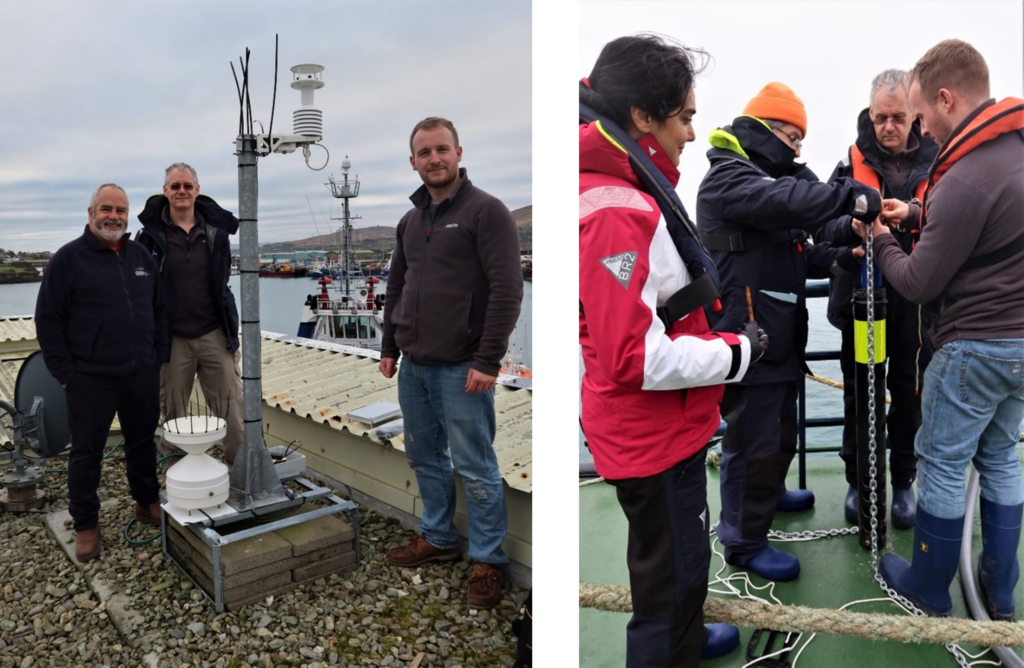
Prototype STREAM sensors are being developed in WIT, MTU and Swansea University. These will be tested in the field to evaluate their performance. WIT is developing a system that will detect the presence of nutrients (Nitrates) in water bodies which can impact the ecological health of the receiving environment.

In Wales, the Welsh Centre for Printing and Coating (WCPC) has been printing low-cost sensors to monitor temperature, conductivity, and pH. They have experimented with the best materials in terms of performance, durability, and resistance to biofouling and have come up with several prototypes.

STREAM is engaging coastal communities and stakeholders by providing environmental data from weather stations, and water sensors live on its website.




